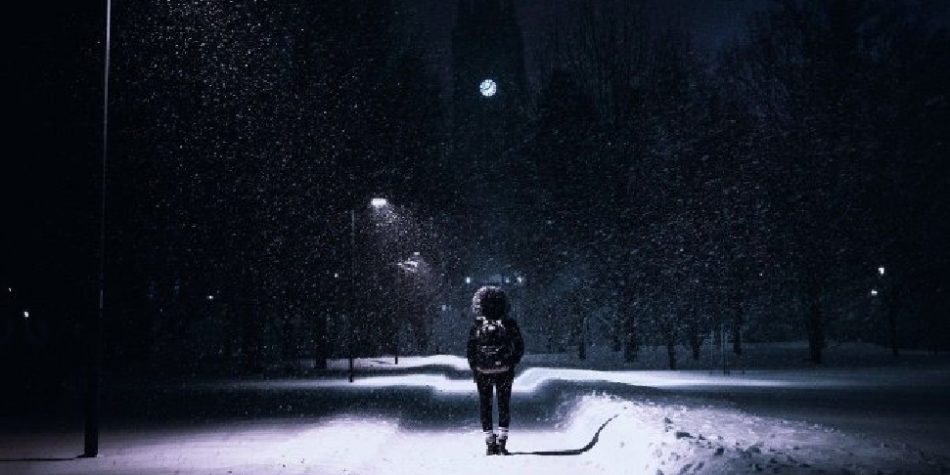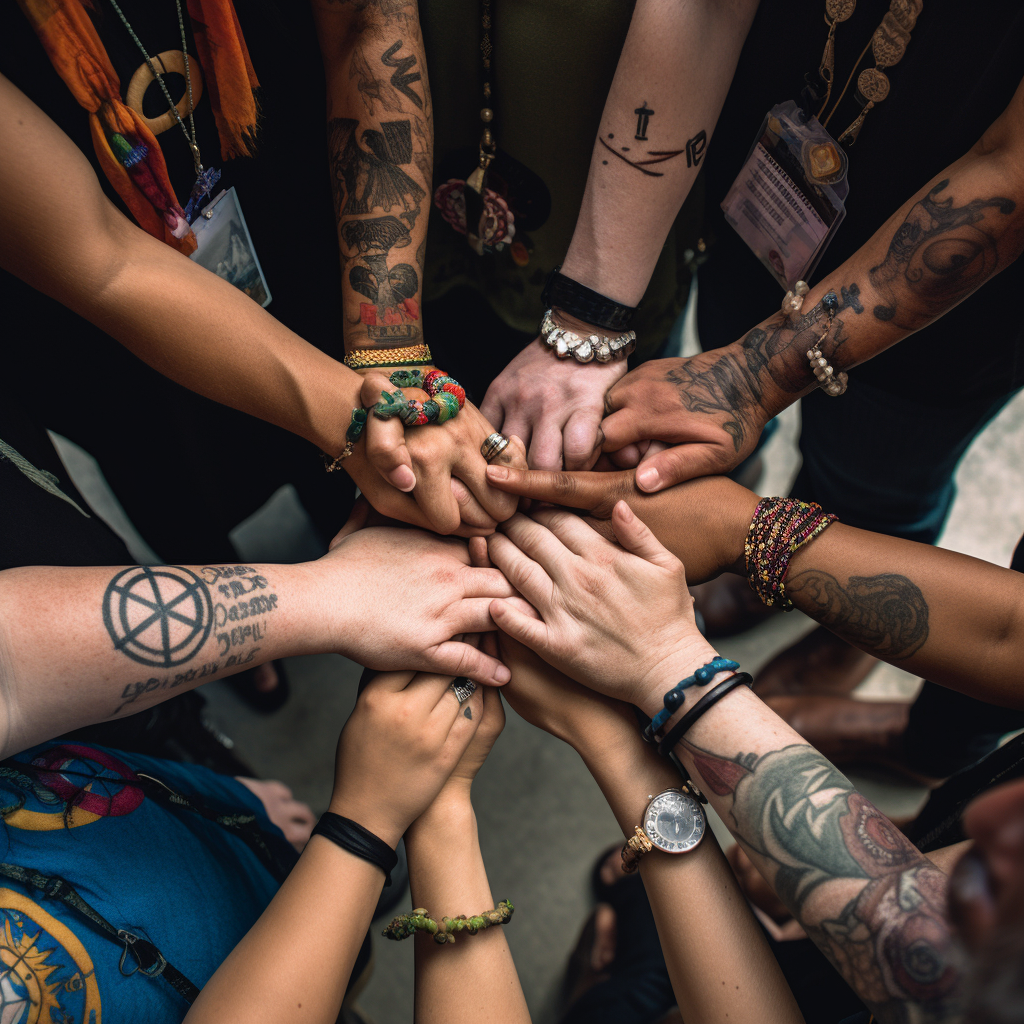Many Americans have spent considerable time attempting to crack the code on preventing sexual assault and assisting its victims. This is an especially hot topic on college campuses. There is much emphasis on educating women and men about consent and “toxic masculinity” as a way to prevent sexual assault. While these approaches are honest efforts, the evidence so far suggests they don’t do much to help.
But what if I told you a university campus has already figured out how to keep sexual assault rates extremely low? Surely this would be a model that should be discussed and emulated.
The Church Education System of The Church of Jesus Christ of Latter-day Saints has had tremendous success in achieving significantly lower rates of sexual assault at Brigham Young University (BYU) and its sister school BYU-Idaho than other campuses nationwide.
According to two anonymous campus climate surveys conducted in 2017 and 2022, about 7.4% of women at BYU experienced some form of unwanted sexual contact. This a stark difference from the numerous campus climate surveys conducted at other universities which consistently report that anywhere from 19-25% of women experience unwanted sexual contact. Even LGBT+ students at BYU anonymously reported sexual assault victimization rates lower than the percentage for straight students at other universities at 17%. This is shocking, considering that LGBT+ students at other universities tend to report a rate of anywhere from 33 to 73%. Chastity contextualizes sexuality and gives it purpose and meaning.
The findings from the BYU reports are even more enlightening because, according to both reports, 50-55% of the victims reported that their perpetrator was not affiliated with BYU.
What makes BYU and BYU-Idaho so successful in maintaining low rates of sexual assault? And what can other universities do to emulate their success?
Before jumping into this question, it’s worth looking at a common approach to dismiss BYU’s success on this front. Some claim that BYU students are afraid to report their sexual assault on an anonymous survey. They suggest this is because BYU’s honor code office has mishandled sexual assault cases in which women were disciplined because they were assaulted while breaking the honor code.
It’s absolutely the case that sexual assaults are under-reported. But this problem is nationwide. And universities mishandling sexual assault allegations is hardly unique to BYU. No evidence suggests BYU students would be less likely to report a sexual assault on an anonymous survey than other students. In fact, the little research that does exist suggests the opposite.
If BYU and BYU-Idaho are, in fact, having this level of success, as it appears they are, we would be foolish not to look at how they are approaching sexual assault and related questions.
There are two primary models for sexual assault prevention education. The more common model, consent training, doesn’t appear to be working, as outlined above. But the research is clear that abstinence education doesn’t prevent sexual assault either.
BYU and BYU-Idaho follow a third way. They uphold the principle of chastity. The Church of Jesus Christ of Latter-day Saints sponsors BYU and teaches this principle and expects students at its universities to uphold it. Chastity contextualizes sexuality and gives it purpose and meaning.
Sexuality, in this ethic, is intended to bond spouses and provide bodies and families for the spiritual children of God. So rather than discourage sexuality—chastity encourages sexuality within marriage. Fifty-one percent of students who graduate from BYU are married, compared to eleven percent nationally. And if statistics are to be believed, that means that BYU students are, on average, having considerably more sex than students at other universities.
Importantly this ideology fundamentally changes how BYU students view sex. As Daniel Frost has argued, consent can often coexist with exploitation and dehumanization. Chastity, and the larger picture way it contextualizes sex, elevates sex beyond mere pleasure fulfillment. In this worldview, sexual partners are not tools for gratification but partners in achieving divine ends. No wonder sexual assault is so low.
Students are not only taught about this principle but expected to follow it, even if the school’s March Madness chances hinge on you. The school’s sexual standards are not given with a wink and a nod. Students are expected to follow them, and overwhelmingly they do. So while consent programs teach students that they should not initiate sexual activity without the consent of the other person, BYU and its sponsoring organization take self-control to the next level and teaches them that they shouldn’t engage in sexual activity at all until they are married. This removes any ambiguity about what is acceptable regarding sexual initiation during the dating and courting process and can be a protective factor against sexual assault.
It is true that some of these principles may be difficult to apply to secular and public universities. But much could be learned. Existing consent programs can be expanded to include a more robust sexual ethic that focuses on relational outcomes and avoiding exploitation. Universities could also expand resources for married students, including affordable housing and on-campus child care.
But BYU’s education and expectations on sexual ethics are far from the only attributes of campus that help reduce sexual assault.
Numerous amounts of research show a strong connection between alcohol consumption, college party culture, and sexual assault. Some have come to equate this research with “victim blaming” because one way that alcohol contributes to increased sexual assault is by making its victims more susceptible. This is a completely understandable position and the attempt to find a balance here is tricky, but the key here is timing: warning people to lock their doors to avoid being burglarized isn’t victim blaming, but berating them for not locking their doors after they’ve been burglarized certainly is. In the end, the only one to blame for abuse is the abuser, but we can still advise taking proper precautions to help potential victims avoid being victimized. Even victimologists maintain that crime-prevention tips and strategies are ignored at our peril.
More importantly, though, alcohol increases aggression, disinhibition, and sexual arousal. So when men drink more alcohol, sexual assaults increase independently of whether women are drinking more alcohol or not. So conversations around alcohol and sexual assault don’t need to risk devolving into victim blaming.
BYU is the driest campus in the country. And the fact that potential perpetrators are not drinking must be considered one of the most likely reasons for BYU’s low sexual assault rate.
Some have begun to give up on the idea that it’s even possible to reduce drinking on college campuses. And to be sure, major cultural change will need to happen. But it is far from impossible. The public University of Oklahoma managed to reduce alcohol on campus after a student died from binge drinking. If universities consider sexual assault as much of a problem as binge drinking, they can follow suit.
In addition to alcohol, the Centers for Disease Control lists exposure to sexually explicit media as a factor that contributes to increased sexual assault rates. Both Gary Wilson and Jacob Hess have shown convincingly that highly religious individuals, such as those attending BYU, are significantly less likely to view pornography than the population at large.
Universities are in a strong position to dramatically reduce the use of pornography by their students if they have the political will to do so. There is no constitutional right to pornography, so even public universities could prohibit it in their on-campus housing and fraternities and even directly block it through their internet services.
The CDC also notes that poor mental health is a risk factor for increased sexual assault. In this respect, Latter-day Saints are fortunate. Between 1960 and 2022, there were 158 studies published concerning the relationship between The Church of Jesus Christ of Latter-day Saints and mental health. Overwhelmingly, these studies showed that Latter-day Saint individuals and families performed better on the mental health indicators the CDC connects to sexual assault. The factors contributing to this are incredibly complex and difficult to replicate at other universities. But this should at the least suggest that a comprehensive plan for addressing sexual assault should include putting resources into improving mental health on campuses.
The last set of risk factors the CDC identifies is hostility towards women, adherence to traditional gender role norms, and hyper-masculinity. It may seem counterintuitive that BYU would also excel in this area since it actively promotes some of these traditional gender roles. Anyone serious about addressing campus sexual assault should take BYU seriously.
Her experience with The Church of Jesus Christ was considerably different. “One of the first things that drew my interest in the Church was that not a single missionary made any attempt to engage with me on a sexual level. Attending church was my first experience where trustworthy males were the norm. It was an earth-shattering revelation to me that you could have a culture where men act like that consistently.”
She goes on to say that these experiences continued when she enrolled at BYU, recounting that never in her five years of casual and serious dating was she pressured into sex. “I was never once struck, called a name, whistled at, groped, or complimented on one of my body parts.”
The reason why Megan’s experience is so important to the issue of sexual assault at BYU is that when the CDC refers to “hostility towards women, adherence to traditional gender role norms, and hyper-masculinity” as risk factors for sexual assault, they are mostly referring to the environment that Megan grew up in when she was young. While some research shows putting women on a pedestal this way may increase victim-blaming behavior, nothing suggests it increases actual sexual assault. In fact, because it is correlated with less hostility toward women and less hyper-masculinity, it is likely the opposite.
Of course, universities can’t emulate all the benefits that BYU has in reducing sexual assault. BYU has a large percentage of Latter-day Saint students. And these students’ faith provides the motivation to adhere to many of these standards. In addition, while there’s no research that directly answers the question, the indirect evidence suggests that Latter-day Saints suffer significantly less childhood abuse and trauma than those from other backgrounds. Jana Riess has also said that she is “not aware of any research showing that Latter-day Saint men are more likely to be abusers than any other men.” All of these factors correlate with lower sexual assault rates.
There are many things that we can emulate, however. Yes, Latter-day Saint students are certainly not in the mainstream on many of these issues. But these approaches have a successful track record, and anyone serious about addressing campus sexual assault should take BYU seriously.
Obviously, the only tolerable amount of sexual assaults on any college campus is zero, but when talking about sexual assault on college campuses, BYU is far closer to that goal than most.

















